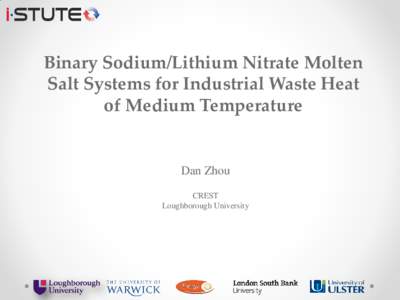<--- Back to Details
| First Page | Document Content | |
|---|---|---|
 Date: 2016-01-15 06:40:46Thermodynamics Heat transfer Atmospheric thermodynamics State functions Phase transitions Latent heat Thermodynamic temperature Melting Heat Temperature |
Add to Reading List |
| First Page | Document Content | |
|---|---|---|
 Date: 2016-01-15 06:40:46Thermodynamics Heat transfer Atmospheric thermodynamics State functions Phase transitions Latent heat Thermodynamic temperature Melting Heat Temperature |
Add to Reading List |